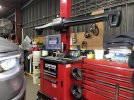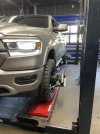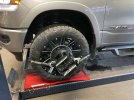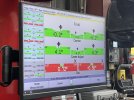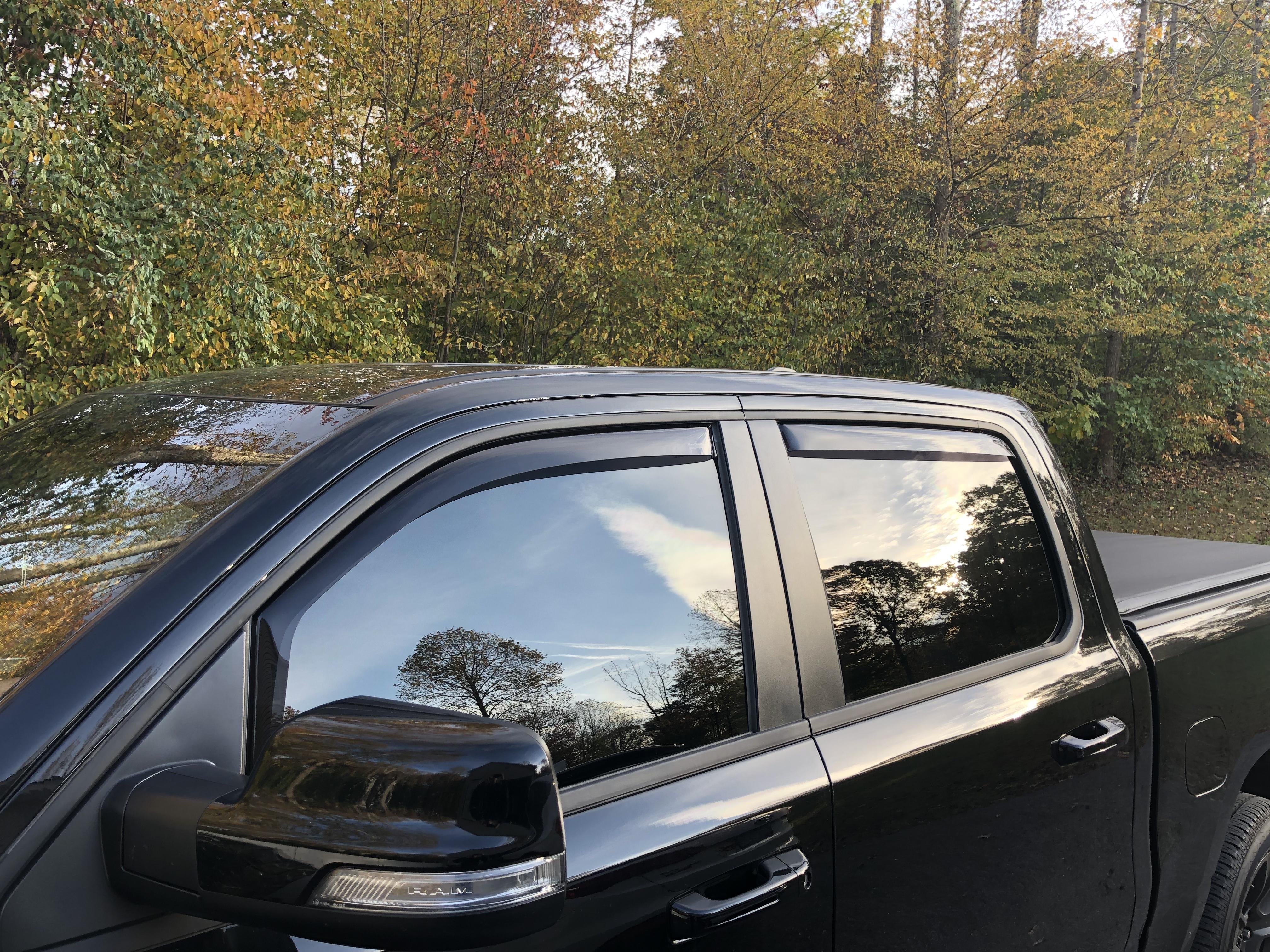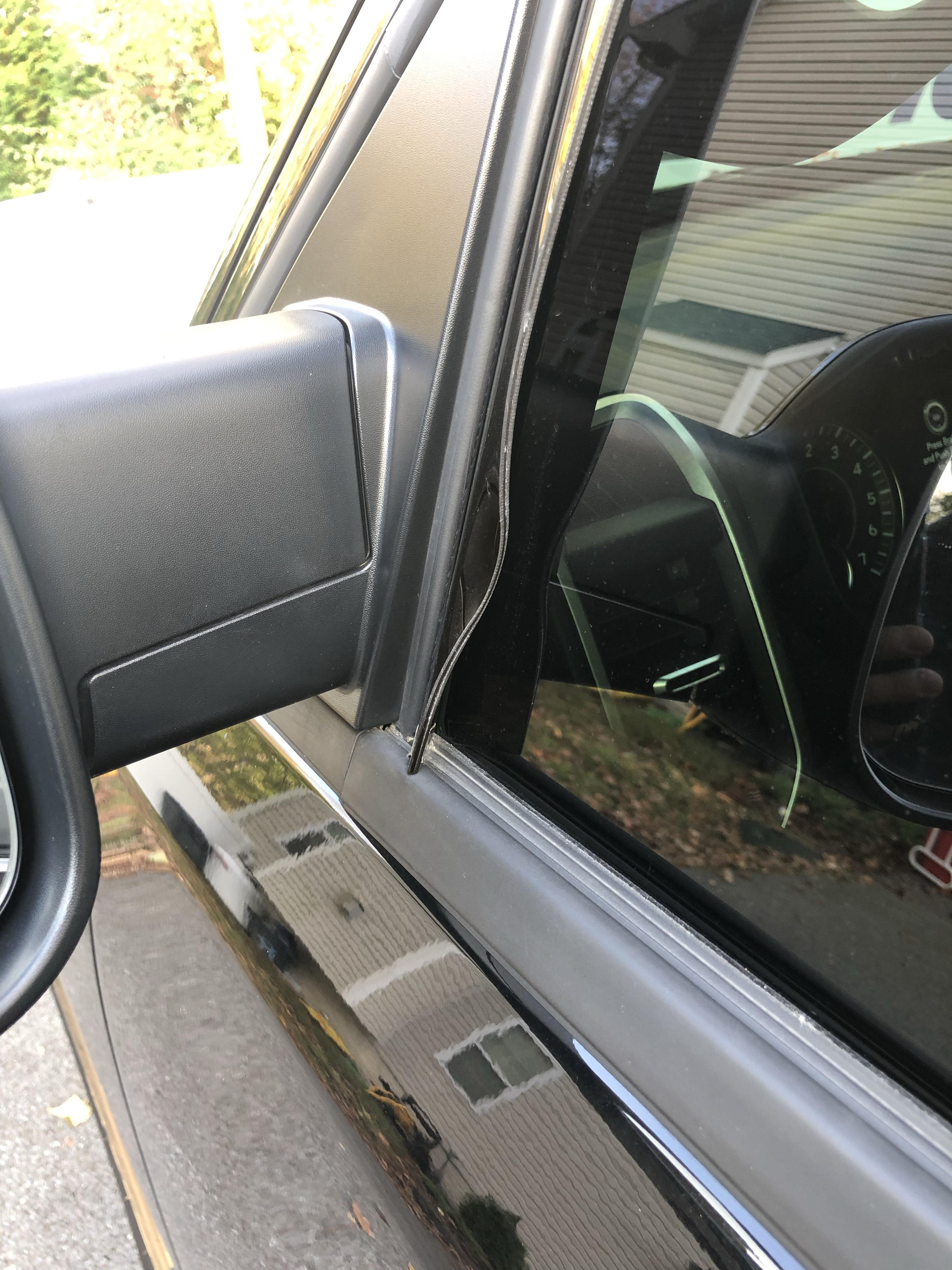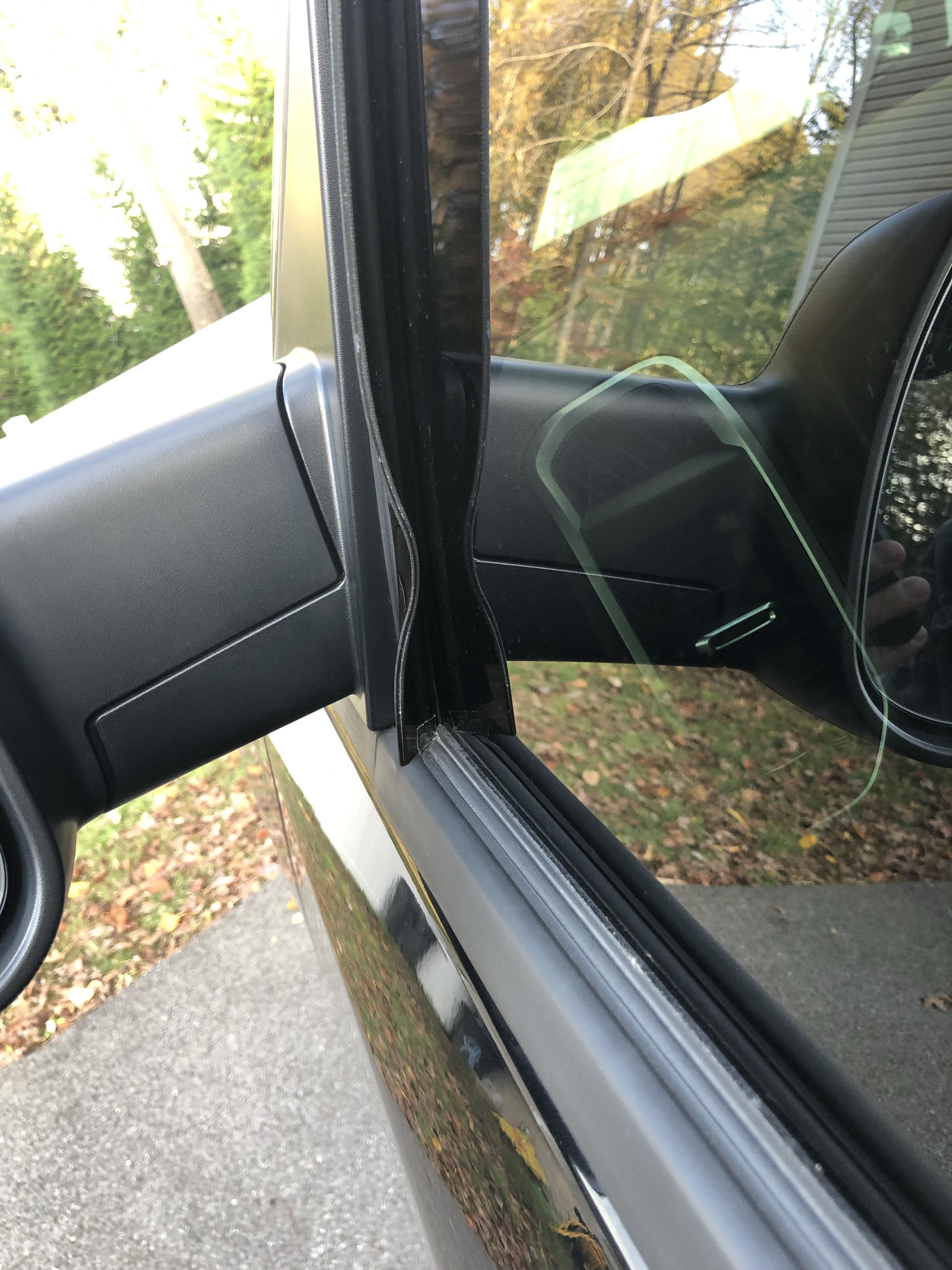Good stuff. Much more detail than I remember from my engineering classes, and I was lazy and didn't bring the math into it. To add a little to what you're saying. Force = pressure X area or Pressure = F/A. so if your tires air pressure is constant then as the truck weight increases the contact area increases proportionally to satisfy the pressure equation. Now you can think of hydroplaning as the water has to cause an opposite force strong enough to separate the tire from the road. For a given situation, the tire pressure and contact area are constant and you basically have the air pressure working against the water pressure on road. water pressure will increase with speed. Therefore, the higher you run the air pressure the more force the water has to create to 'lift' the tire off the ground. Effectively improving your truck's resistance to hydroplaning. Or increasing the speed at which hydroplaning will occur (higher speed equals higher water pressure acting on tire). Higher air pressure won't stop hydroplaning, but it will improve resistance to it. Newer tires with full tread depth are of course better than worn tires. No matter what, the tire should be working to remove water from between the tire and road. I think it's safe to say that a tire at 65psi will 'push' the water out of the way better than a tire at 35 psi because it is applying more force to the water. I do not advocate running bald tires just because of the air pressure comments here. Run good rain tires, and if you are really worried about hydroplaning bump up those pressures a bit. Most 'comfort' tires can run 40 psi without issue. Heavy truck tires (LT and whatnot) can go much higher with their sidewalls designed for high loads. Higher tire pressures also have the benefit of reduced rolling resistance (better mpg), but you may lose contact patch (cornering ability). But you shouldn't be worried about that unless you're in your sports car.

